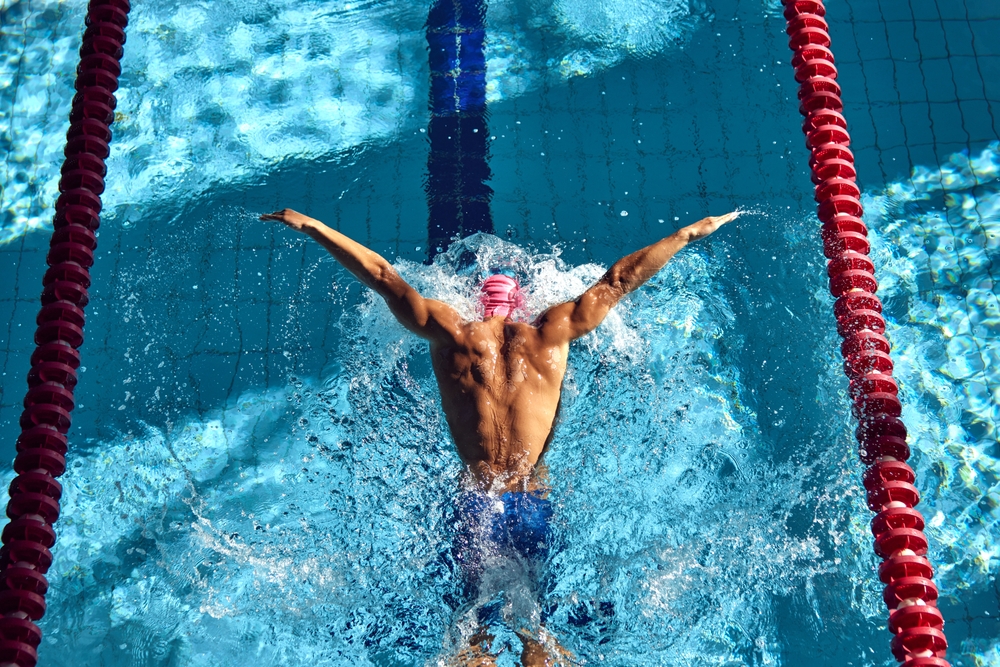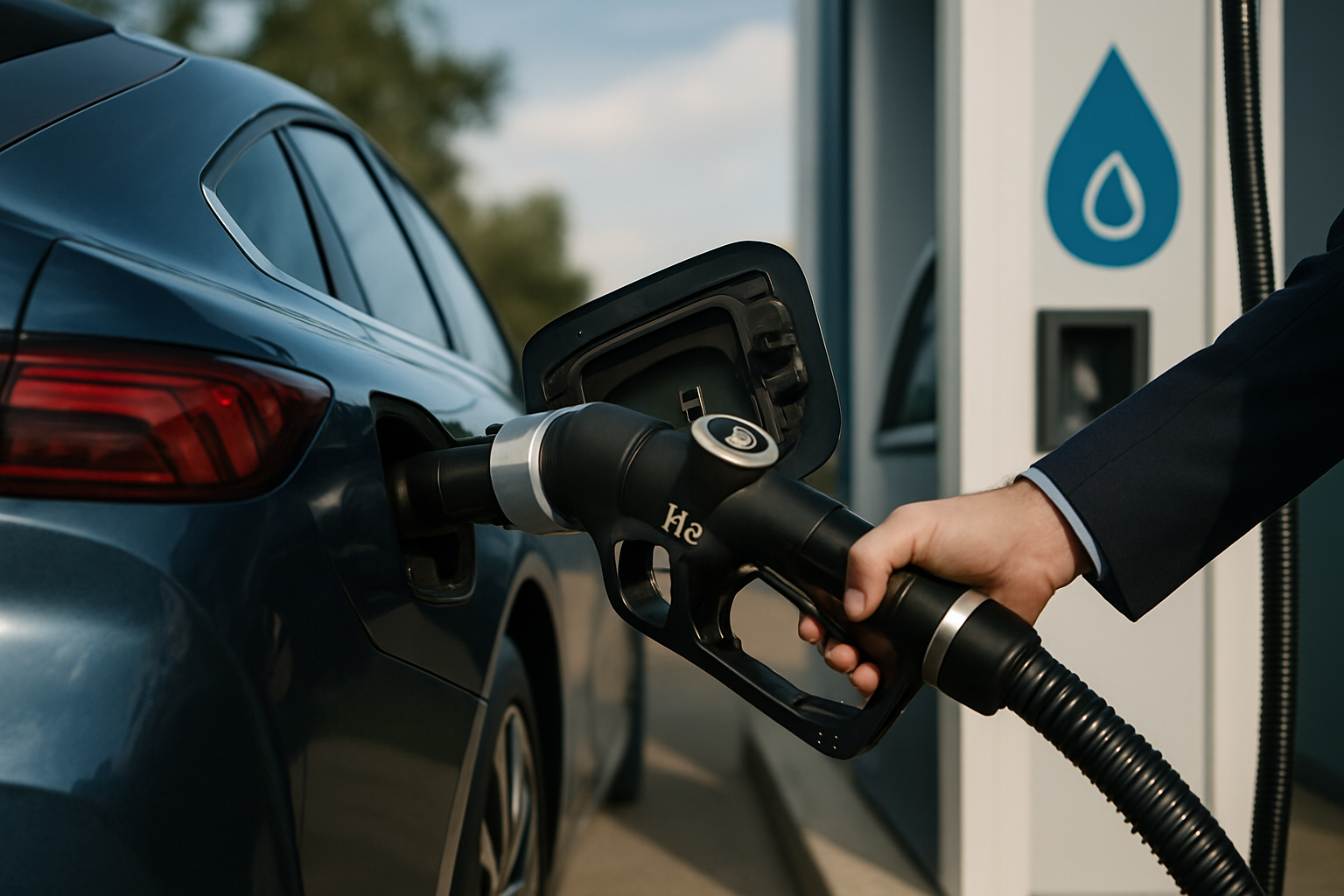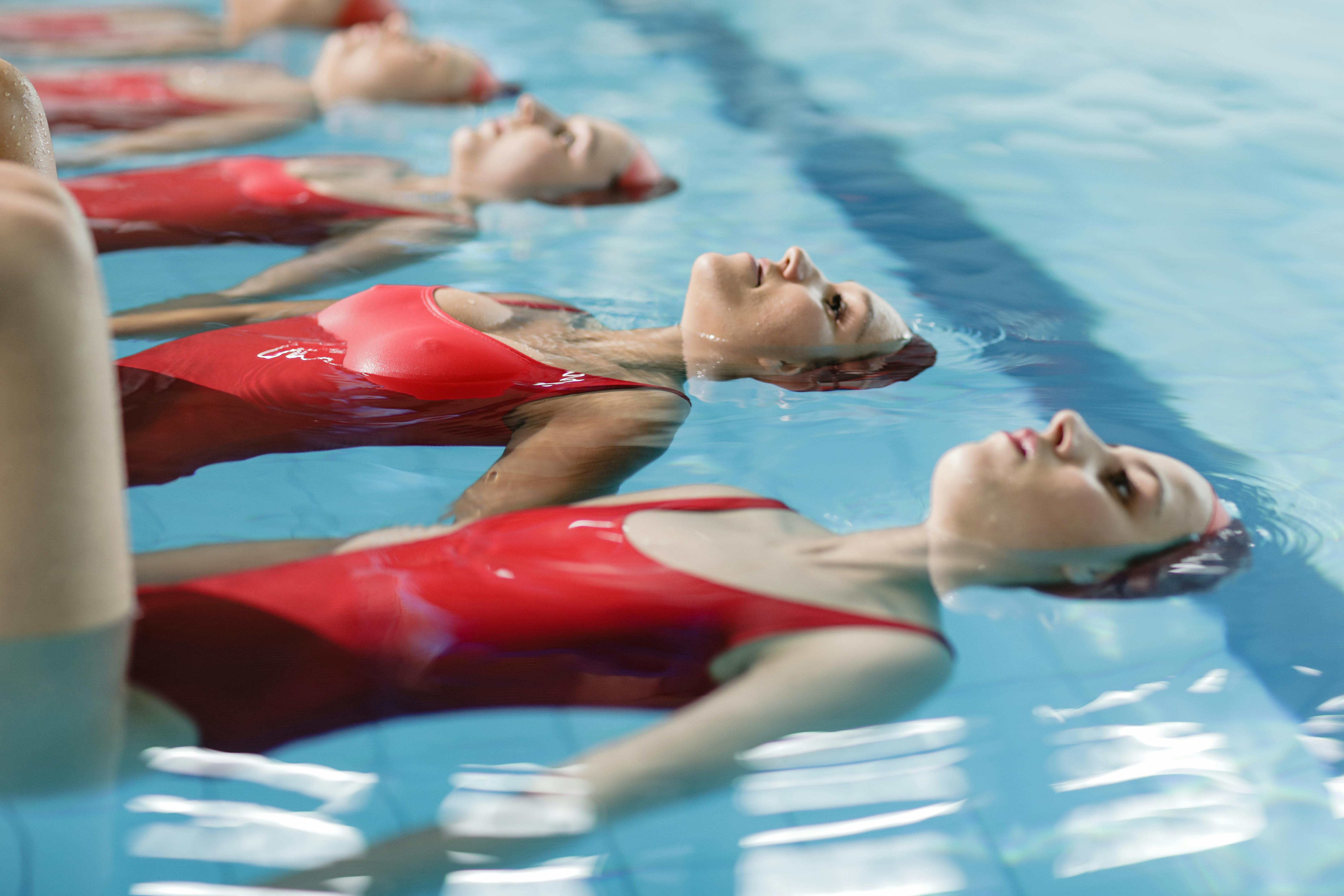Biomechanical Efficiency in Competitive Swimming
The art of competitive swimming is a delicate balance of power, technique, and efficiency. While raw strength and endurance are crucial, the true masters of the pool understand that success lies in harnessing the principles of biomechanics. This discipline, which applies the laws of mechanics to biological systems, has revolutionized our understanding of aquatic propulsion and streamlining. As we dive into the world of competitive swimming, we'll explore how athletes and coaches are leveraging cutting-edge biomechanical insights to shave precious milliseconds off race times and redefine the limits of human performance in the water.

The field of aquatic biomechanics emerged in the mid-20th century, combining principles from fluid dynamics, physics, and human anatomy. Pioneering researchers like James E. Counsilman began to analyze the forces acting on swimmers, including drag, lift, and propulsion. This research laid the groundwork for a more scientific approach to swimming technique and training.
One of the fundamental concepts in aquatic biomechanics is the understanding of water resistance. Unlike land-based sports, swimmers must contend with the density of water, which is approximately 800 times greater than air. This resistance creates both challenges and opportunities for athletes seeking to maximize their speed and efficiency in the pool.
As technology advanced, so did the tools available to study swimming biomechanics. High-speed underwater cameras, force sensors, and computer modeling have allowed researchers to analyze every aspect of a swimmer’s technique with unprecedented detail. This has led to significant breakthroughs in our understanding of optimal stroke mechanics, body positioning, and energy conservation in the water.
The Role of Propulsion in Swimming Efficiency
At the heart of swimming biomechanics is the concept of propulsion – the force that drives a swimmer forward through the water. While it may seem intuitive that stronger arm and leg movements would lead to faster swimming, research has shown that technique and efficiency play a far more critical role than raw power alone.
The propulsive forces in swimming are generated primarily through the interaction between the swimmer’s limbs and the water. As the hand and forearm move through the water during the pull phase of the stroke, they create areas of high and low pressure. This pressure differential results in lift and drag forces that, when properly harnessed, propel the swimmer forward.
Biomechanical studies have revealed that the most efficient swimmers are those who can maximize the propulsive forces while minimizing energy expenditure. This often involves maintaining a high elbow position during the underwater pull, effectively using the entire forearm as a propulsive surface. Additionally, the timing and coordination of arm and leg movements play a crucial role in maintaining continuous propulsion throughout the stroke cycle.
Another key aspect of propulsion is the concept of “feel for the water.” This somewhat intangible skill refers to a swimmer’s ability to sense and manipulate the water flow around their body. Elite swimmers often describe it as a heightened awareness of pressure and resistance, allowing them to make subtle adjustments to their technique for optimal efficiency.
Research has shown that improving a swimmer’s feel for the water can lead to significant gains in performance. Drills focusing on sculling movements and body awareness in the water have become staples of modern swimming training programs, helping athletes develop a more intuitive understanding of aquatic propulsion.
Streamlining and Drag Reduction
While generating propulsive force is crucial, equally important is the ability to minimize resistance or drag in the water. Drag forces act in opposition to a swimmer’s forward motion and can significantly impact race times, especially over longer distances.
Biomechanical research has identified three main types of drag that affect swimmers: form drag, wave drag, and friction drag. Form drag results from the frontal area presented by the swimmer’s body, wave drag is caused by the surface waves created as the swimmer moves through the water, and friction drag occurs due to the interaction between the swimmer’s skin and the water molecules.
To combat these forces, swimmers and coaches have developed various strategies based on biomechanical principles. One of the most significant advancements has been in the area of body positioning. Studies have shown that maintaining a streamlined position with the head aligned with the spine and the hips high in the water can dramatically reduce form drag.
The underwater dolphin kick, now a crucial component of starts and turns in all strokes except breaststroke, is a prime example of biomechanical optimization. This technique allows swimmers to maintain high velocity while submerged, taking advantage of the reduced wave drag beneath the surface.
Advancements in swimwear technology have also played a role in drag reduction. While the full-body “super suits” of the late 2000s have been banned due to their excessive impact on performance, modern competitive swimwear still incorporates biomechanically-informed designs to minimize friction drag and enhance body compression.
Energy Systems and Metabolic Efficiency
Biomechanical efficiency in swimming extends beyond just technique and equipment – it also encompasses the body’s internal energy systems. Understanding and optimizing these systems is crucial for swimmers competing in events of varying distances and intensities.
Swimming relies on three primary energy systems: the ATP-PC system for short, explosive efforts; the glycolytic system for medium-duration, high-intensity swimming; and the aerobic system for longer events. Biomechanical research has shown that the most successful swimmers are those who can efficiently transition between these systems and maintain optimal technique even as fatigue sets in.
One area of focus has been on the concept of “critical speed” – the highest sustainable swimming velocity that can be maintained without continual accumulation of lactic acid. By training at or near this critical speed, swimmers can improve their metabolic efficiency and delay the onset of fatigue during races.
Another important consideration is the role of breathing in swimming efficiency. While oxygen intake is crucial for maintaining aerobic metabolism, the act of breathing can disrupt a swimmer’s streamlined position and stroke mechanics. Biomechanical analysis has led to refined breathing techniques that minimize these disruptions while ensuring adequate oxygen supply.
Recent studies have also explored the concept of “active drag” – the additional resistance created by a swimmer’s movements through the water. By understanding how different stroke techniques affect active drag, coaches can help athletes develop more efficient movement patterns that conserve energy over the course of a race.
Training Methodologies and Performance Analysis
The insights gained from biomechanical research have dramatically influenced swimming training methodologies. Traditional volume-based training approaches are being supplemented or replaced by more targeted, technique-focused sessions that emphasize quality over quantity.
One of the most significant developments in this area has been the use of real-time feedback systems. Underwater cameras and motion sensors can now provide instant analysis of a swimmer’s technique, allowing for immediate corrections and refinements. This technology has proven particularly valuable in helping swimmers develop a more accurate perception of their movements in the water.
Dry-land training has also evolved based on biomechanical principles. Exercises that mimic the neuromuscular patterns of swimming movements have been shown to enhance strength and power in ways that translate directly to improved performance in the pool. This includes the use of swim-specific resistance training and plyometric exercises designed to enhance explosive power for starts and turns.
The field of performance analysis in swimming has grown exponentially with the advent of sophisticated tracking systems. These tools can measure metrics such as stroke count, distance per stroke, and velocity fluctuations throughout a race. By analyzing this data, coaches and athletes can identify areas for improvement and develop tailored training plans to address specific biomechanical inefficiencies.
Biomechanical analysis has also played a crucial role in injury prevention and rehabilitation for swimmers. By identifying movement patterns that may lead to overuse injuries, researchers have developed corrective exercises and technique modifications to reduce the risk of common swimming-related ailments such as shoulder impingement and lower back pain.
The Future of Biomechanics in Competitive Swimming
As we look to the future, the role of biomechanics in competitive swimming is set to become even more prominent. Emerging technologies such as artificial intelligence and machine learning are opening up new possibilities for analyzing and optimizing swimming performance.
One exciting area of development is the use of computational fluid dynamics (CFD) to model the complex interactions between a swimmer’s body and the water. These simulations can predict how subtle changes in technique or body position might affect performance, allowing for highly personalized optimization strategies.
Wearable technology is another frontier in swimming biomechanics. Smart goggles and swimsuits embedded with sensors could provide real-time feedback on technique and performance metrics, allowing swimmers to make adjustments during training and even during races.
The integration of biomechanics with other scientific disciplines is also yielding promising results. For example, research combining biomechanics with genetics and physiology is helping to identify individual factors that influence swimming efficiency. This could lead to more tailored training programs that take into account an athlete’s unique biomechanical profile.
As our understanding of aquatic biomechanics continues to grow, so too does the potential for pushing the boundaries of human performance in the pool. The world’s top swimmers are already operating at the limits of what was once thought possible, and yet records continue to fall. With ongoing advances in biomechanical research and technology, we can expect to see even more remarkable achievements in the years to come.
Conclusion: The Synergy of Science and Sport
The integration of biomechanical principles into competitive swimming represents a perfect synergy between scientific inquiry and athletic excellence. By harnessing the power of physics, fluid dynamics, and human anatomy, swimmers and coaches have transformed the sport into a finely-tuned pursuit of aquatic perfection.
The journey from the early days of competitive swimming to the current era of biomechanical optimization has been marked by continuous innovation and discovery. Each breakthrough in our understanding of how the human body interacts with water has opened up new avenues for improvement, challenging athletes to refine their techniques and push the limits of their capabilities.
As we’ve explored throughout this article, biomechanical efficiency in swimming is a multifaceted concept that encompasses everything from propulsion and drag reduction to energy systems and training methodologies. The most successful swimmers are those who can integrate all of these elements into a cohesive and efficient swimming style.
Looking ahead, the continued collaboration between scientists, coaches, and athletes promises to yield even more exciting developments in the field of swimming biomechanics. As technology advances and our understanding deepens, we can anticipate further refinements in technique, training methods, and performance analysis.
Ultimately, the pursuit of biomechanical efficiency in competitive swimming is not just about winning medals or breaking records – it’s about unlocking the full potential of the human body in the aquatic environment. By applying scientific principles to athletic performance, we gain valuable insights into human physiology and movement that extend far beyond the pool.
As swimmers continue to slice through the water with ever-increasing speed and grace, they carry with them the accumulated knowledge of generations of researchers, coaches, and athletes. Each stroke is a testament to the power of biomechanics – a fusion of science and sport that propels competitive swimming into the future.





